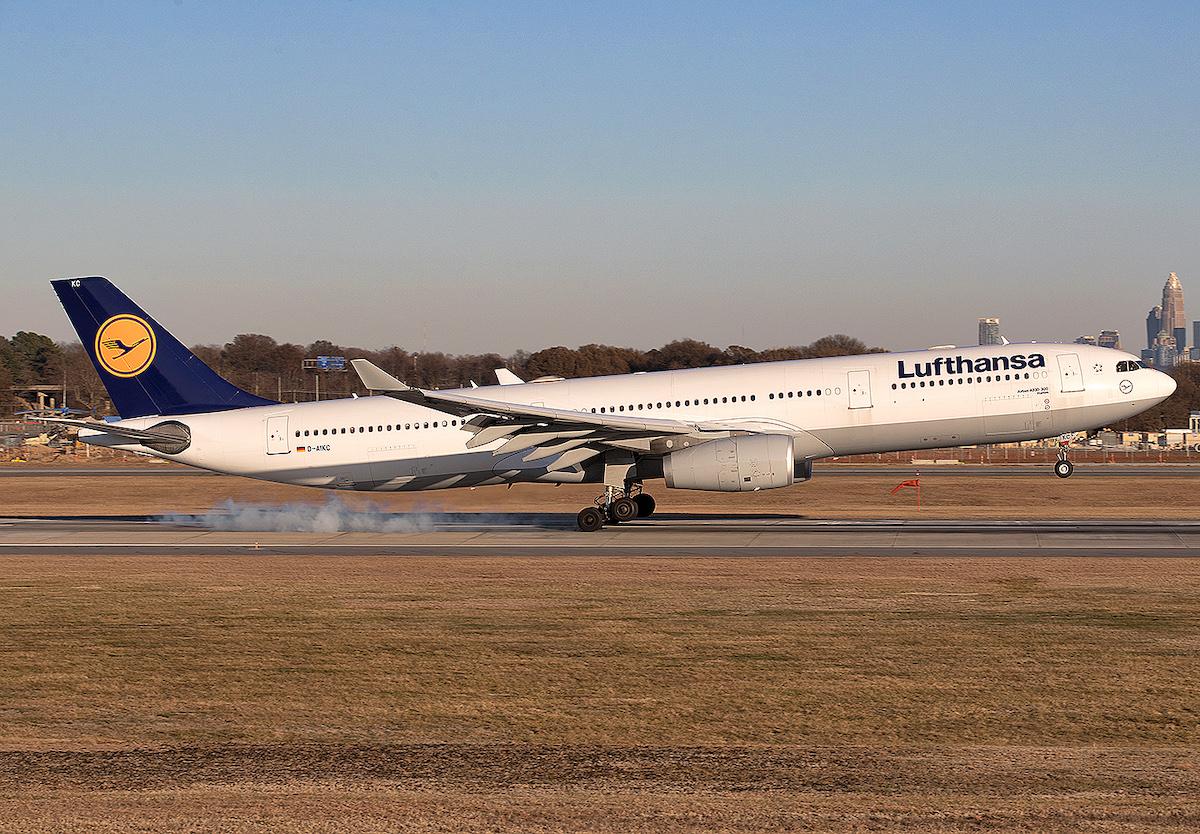Flight Friday: Lufthansa Group 2019 Versus 2023 Flights—How Do They Compare?

With the recent announcement by Lufthansa that it has become a “major shareholder” (41%) of Italian flag carrier ITA Airways, today’s Flight Friday looks at how the Lufthansa Group is fairing by comparing the number of flights (cycles) between January-May 2019 and 2023.
Lufthansa is a little over 70% of the number of flights for the first five months of 2023 compared to 2019. Lufthansa’s “in service” fleet is approximately 10% lower in 2023 compared to 2019.
Lufthansa Group subsidiary Austrian Airlines is the next largest carrier in terms of flights (but not fleet). Austrian is a little over 76% of 2019 levels; however, Austrian has an “in service” fleet that’s nearly 20% smaller compared to 2019.
Air Dolomiti is the only member of the group to have an “in service” fleet greater than 2019, which is reflected in the data as they are flying 15% more flights in 2023 than in 2019.
The addition of ITA into the Lufthansa family adds over 70 aircraft to the group. While ITA did not exist in 2019, when we compare the number of flights to its predecessor, Alitalia, ITA is operating 72% of Alitalia’s flights since 2019. Although Lufthansa is no stranger to Italy, having once had Lufthansa Italia, the investment, and the leadership/advice installed, within ITA will be welcomed.
This data was put together using Aviation Week’s Tracked Aircraft Utilization tool.





